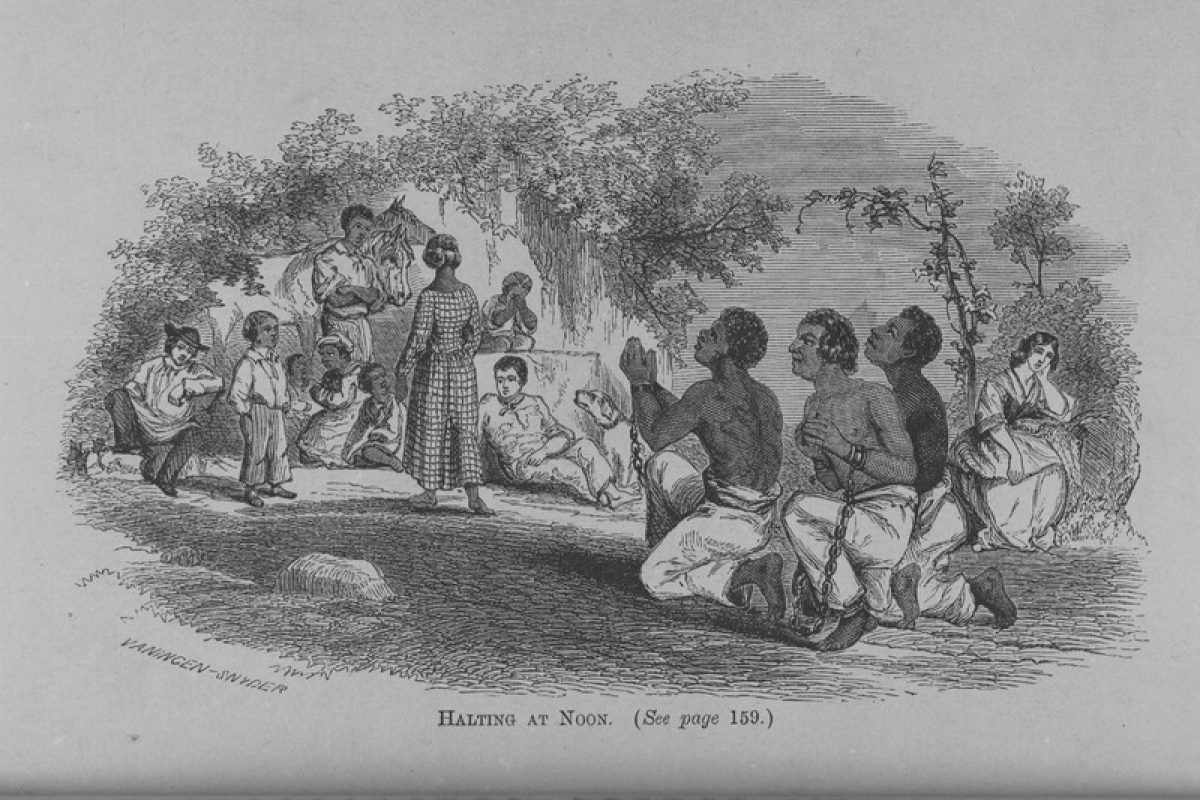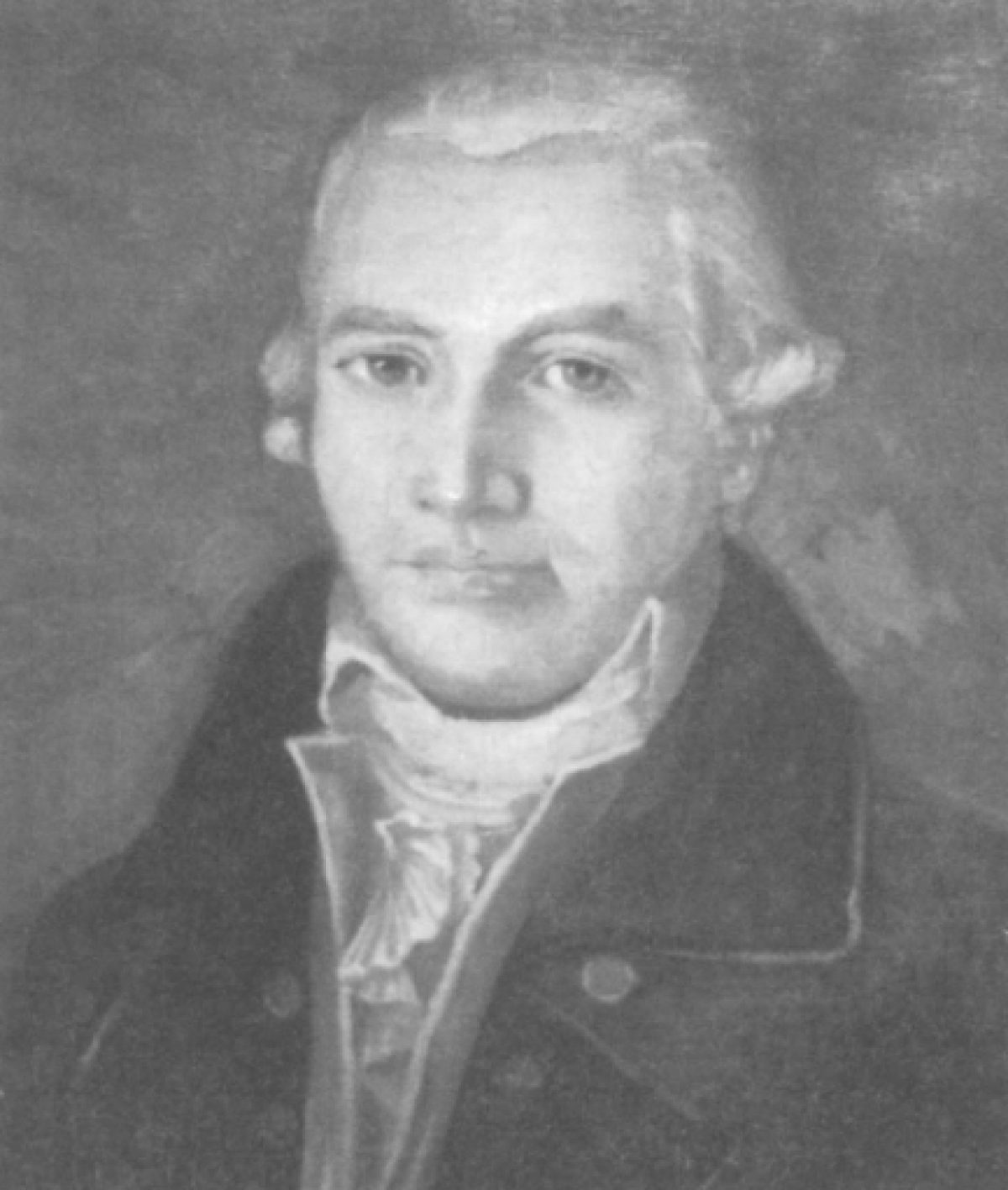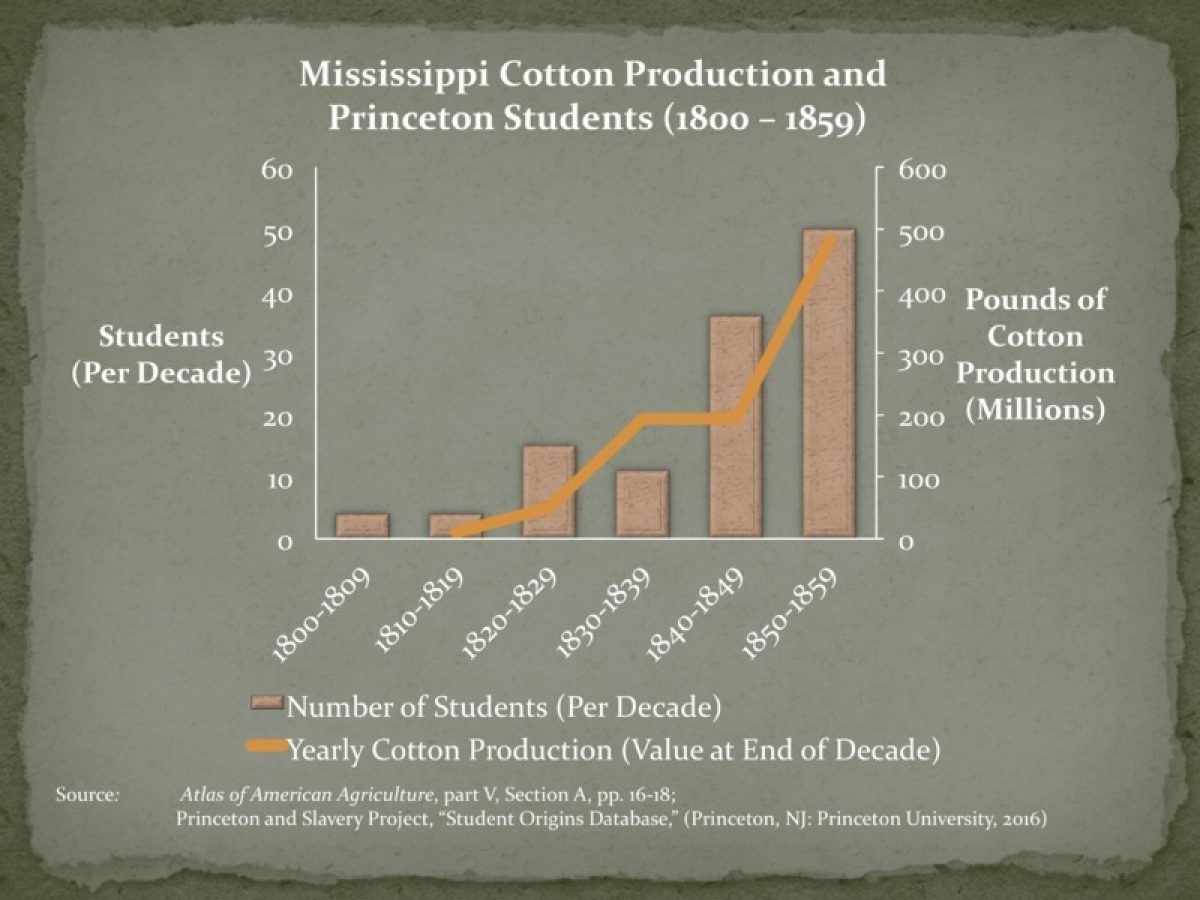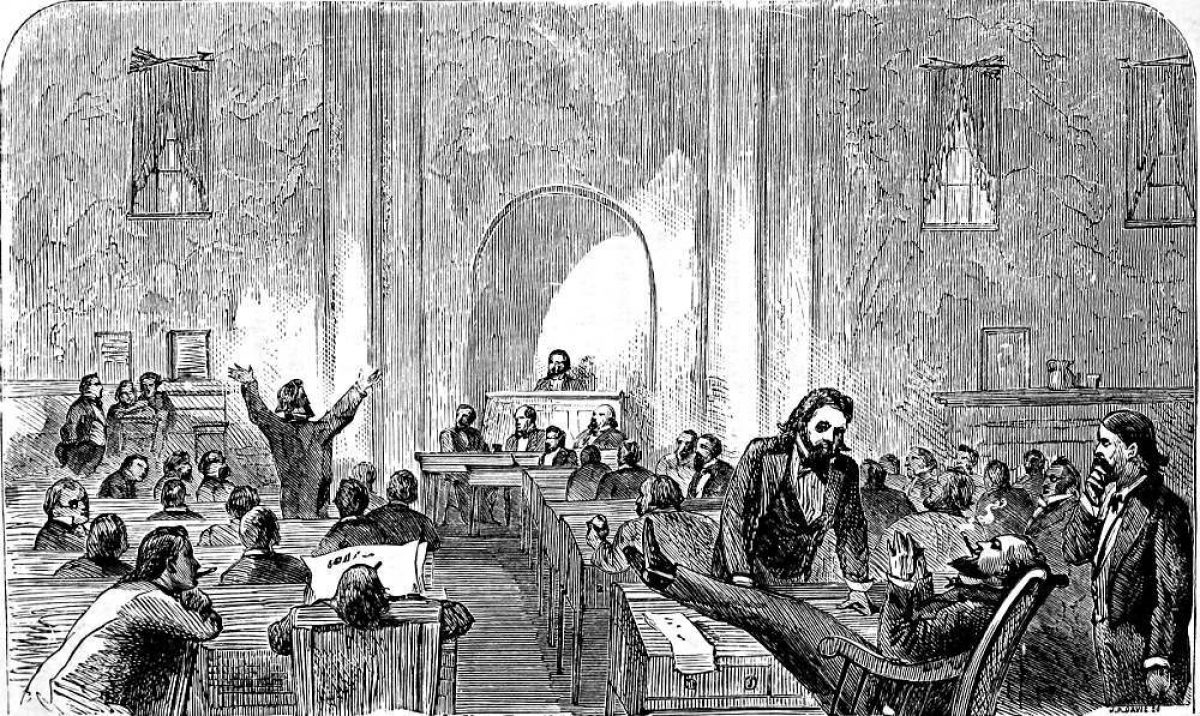[1]
Ruth L. Woodward, Princetonians, 1784-1790: A Biographical Dictionary (Princeton, NJ: Princeton University Press, 1991), 113. Forman, W.J.; Undated; Undergraduate Alumni Records, Box Non-graduate card file; Princeton University Archives, Department of Rare Books and Special Collections, Princeton University Library (hereafter PUA.RBSC.PUL).
⤴
[2]
Samuel S. Forman, Narrative of a Journey Down the Ohio and Mississippi in 1789-90. (Cincinnati, OH: Robert Clarke & Co., 1888), 19–20.
⤴
[4]
Minor, Stephen; Undated; Undergraduate Alumni Records, Box Non-graduate card file; PUA.RBSC.PUL.
⤴
[5]
Forman, Narrative of a Journey Down the Ohio and Mississippi, 56.
⤴
[6]
D. Clayton James, Antebellum Natchez (Baton Rouge, LA: Louisiana State University Press, 1968), 5, 15.
⤴
[8]
Arthur H. DeRosier, William Dunbar: Scientific Pioneer of the Old Southwest (Lexington, KY: The University Press of Kentucky, 2007), 8, 26–27.
⤴
[10]
Trey Berry, “The Expedition of William Dunbar and George Hunter along the Ouachita River, 1804-1805,” The Arkansas Historical Quarterly 62, no. 4 (2003), 388.
⤴
[11]
Forman, Narrative of a Journey Down the Ohio and Mississippi, 55.
⤴
[12]
Untitled Biographical Notes in “Forman, William Gordon; 1786;” Undergraduate Alumni Records, Series I, Box 44; PUA.RBSC.PUL.
⤴
[13]
James, Antebellum Natchez, 52.
⤴
[15]
Bertram Wyatt-Brown, The House of Percy (Oxford: Oxford University Press, 1996), 25. “Biographical Notes” in “Percy, Thomas George; 1806;” Undergraduate Alumni Records, Series I, Box 67; PUA.RBSC.PUL.
⤴
[16]
Database of Princeton Student Origins, Princeton & Slavery Project, accessed 16 October 2017, slavery.princeton.edu/sources/database-of-princeton-student-origins. “Dunbar, William; 1813;” Undergraduate Alumni Records, Series I, Box 73; PUA.RBSC.PUL.
⤴
[17]
Adam Rothman, Slave Country: American Expansion and the Origins of the Deep South (Cambridge, MA: Harvard University Press, 2005), 49.
⤴
[19]
James, Antebellum Natchez, 196–197.
⤴
[20]
Biographical Notes in “Hutchins, Thomas Jr.; 1789;” Undergraduate Alumni Records, Series I, Box 50; PUA.RBSC.PUL. Rothman, Slave Country, 51.
⤴
[21]
Bertram Wyatt-Brown, The House of Percy, 34.
⤴
[22]
James, Antebellum Natchez, 149.
⤴
[23]
Database of Princeton Student Origins, Princeton & Slavery Project, accessed 16 October 2017, slavery.princeton.edu/sources/database-of-princeton-student-origins.
Charles Sydnor places the average slaveholder’s number of slaves at 14.1 but notes that how census counting techniques dealt with slaveholders across county lines “slightly exaggerate the number of slaveholders and minimize the size of their holdings” (Sydnor, Slavery in Mississippi, 193). Nevertheless, not only did families such as the Dunbars and Hutchinses own slaves, they owned far more than the average, already very wealthy, slaveholder.
⤴
[24]
Douglas R. Egerton, “‘Its Origin Is Not a Little Curious’: A New Look at the American Colonization Society,” Journal of the Early Republic 5, no. 4 (1985), 474.
⤴
[26]
James, Antebellum Natchez, 175.
⤴
[27]
Charles S. Sydnor, Slavery in Mississippi, Southern Classics Series (Columbia, SC: University of South Carolina Press, 2013), 207.
⤴
[29]
Sydnor, Slavery in Mississippi, 212; Database of Princeton Student Origins, Princeton & Slavery Project, accessed 16 October 2017, slavery.princeton.edu/sources/database-of-princeton-student-origins. See also Alan Huffman’s book Mississippi in Africa (New York: Gotham, 2005) to further explore the Mississippi Colonization Society.
⤴
[30]
Franklin L. Riley, “A Contribution to the History of the Colonization Movement In Mississippi,” in Publications of the Mississippi Historical Society, ed. Franklin L. Riley, (Oxford, MS: The Mississippi Historical Society, 1906), Volume IX, 343.
⤴
[31]
Ibid., 214; Database of Princeton Student Origins, Princeton & Slavery Project, accessed 16 October 2017, slavery.princeton.edu/sources/database-of-princeton-student-origins.
⤴
[32]
Ellett’s congressional biography states that he attended Princeton but the University has no record of his enrollment. He also sat on the Committee of Fifteen that prepared the secession ordinance, but did not draft it himself.
⤴
[33]
J. L. Power, Proceedings of the Mississippi State Convention (Jackson, MS: Power and Cadwallader, 1861), 13.
⤴
[34]
“Meeting of the Faculty, April 23, 1861,” in Volume 6 Subseries 1A: Complete and Final Minutes of Faculty Meetings, Series 1: Faculty Meetings and Minutes; 1781-2010; Office of Dean of the Faculty Records, Princeton University Archives, Department of Rare Books and Special Collections, Princeton University Library, 401-402.
⤴
[35]
Ibid.; Database of Princeton Student Origins, Princeton & Slavery Project, accessed 16 October 2017, slavery.princeton.edu/sources/database-of-princeton-student-origins.
⤴










